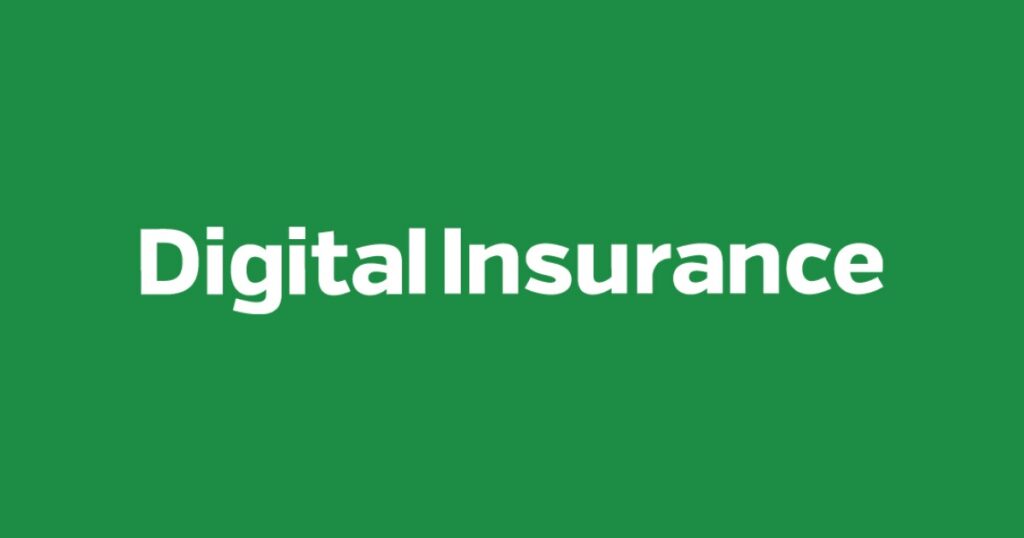Developing comprehensive benefit plans beyond compensation

In today’s competitive job market, attracting and retaining top talent requires more than a solid salary. Employers and their advisers increasingly realize a comprehensive benefits package that addresses various aspects of employee well-being and professional growth is essential.
There are numerous core components of an effective benefits package, including health and wellness programs, work-life balance initiatives, and opportunities for professional development and career growth. By understanding and implementing these elements, employers and their respective HR teams can create a supportive and engaging work environment that meets the diverse needs of their workforce and drives long-term success.
Employee benefits have come a long way from the early days of industrialization when payment was the only expected benefit of labor. Over time, jobs began to offer perks like health and life insurance, as well as retirement plans. This shifted the perspectives of potential hires, incentivizing them toward jobs with benefits compared to those without.
Read more: These 10 companies are good at making employees happy
This momentum has made benefits a mainstay in many jobs beyond insurance and retirement plans. Many include mental health care within their health plans, as well as training and personal development budgets for employees. Emphasizing work-life balance through reasonable work hours, paid leave, and the option to work from home are also very valuable to prospective and current employees.
Today’s comprehensive benefits package should include many elements beyond direct compensation. The core components should be health benefits, prioritizing work-life balance, and professional and career development initiatives.
A comprehensive health and wellness program can greatly improve employee satisfaction and quality of life. Covering medical costs, having a fitness or nutrition program, or offering a gym membership are all great ways for your clients to promote health and wellness.
Keep in mind that health doesn’t start and end in a physical sense. Including mental health services, such as covering psychologists, psychiatrists or counseling visits in the health plan, can provide employees with crucial access to services that support their overall well-being. Further, offering mental health or personal days can also allow employees time to recharge rather than risk burnout or quitting.
Read more: Creating a worthy work environment
Allowing for remote and hybrid work options has awakened many employees to actively seek work-life balance and companies that prioritize this. Offering flexible working hours to allow employees to attend appointments, flex hours that allow parents to pick children up from school, or otherwise slight adjustments to the typical 9-5 to accommodate personal schedules contribute to happier employees who can achieve a better work-life balance.
Comprehensive parental leave policies are also helpful for young professionals who are looking to the future of growing a family. Knowing that a current position will support them in the long term throughout their career can enhance loyalty and trust.
Jobs with clear career advancements are highly valued by new and tenured employees. Providing people with opportunities for personal and professional development and growth can look like training courses, mentorship programs, or lunch-and-learns. These programs demonstrate your client’s commitment to sharing internal knowledge while committing to continued growth by keeping up with trends and innovations within their industry.
Benefits cannot be approached as a one-size-fits-all solution. Customizing programs to fit employees’ actual needs means focusing on the right benefits that will increase the quality of life and performance of employees the most. Employer clients might consider conducting an employee survey to get information on their preferred benefits and better understand the values and needs of their workforce. Offering personalized benefits can also be an asset, especially in larger organizations. Some people may not need parental leave plans but may want a more expansive fitness plan.
Read more: Use modern 401(k) plan design to bolster your employee benefits strategy
Ensuring that employees are aware of their new benefits plan will require clear and consistent communication. Email and other internal communication tools, such as internal bulletins, can ensure that employees are kept informed about relevant updates and changes. If there are significant shifts in existing benefits packages, organizations should consider hosting a webinar so employees know how to access new features. This can be helpful to ensure they are maximizing the use of what is available to them.
In addition, a new benefits plan may need to be rolled out in segments to ensure seamless integration with the existing benefits. It might be worth implementing entirely new programs first and then replacing the reworked benefits at a later date.
Once a new benefits plan has been implemented, measuring its success can help employers understand how well it is being received or what might need reworking. Measuring employee satisfaction and retention, as well as the rates at which new programs are used, can arm them with information on whether the new additions were necessary or if they aren’t yet fulfilling employee needs.
Employers also should regularly review and update their benefit offerings. As quickly as industries change, so too do the needs of employees. What works for a company now may not work a few years down the road. Conducting regular employee surveys to incorporate their feedback, as well as watching industry trends in terms of what standard offerings are, can help employers stay ahead of the curve – and competition.
A well-rounded benefits package is crucial for attracting and retaining top talent in today’s competitive job market. By incorporating core components such as health and wellness programs, work-life balance initiatives, and professional development opportunities, employers can significantly enhance employee satisfaction and productivity. Customizing benefits to meet the specific needs of the workforce, effectively communicating the available options, and continuously measuring and improving the benefits plan are essential steps. By prioritizing these elements, companies can create a supportive and engaging work environment that not only meets but exceeds employee expectations, fostering long-term loyalty and success.




